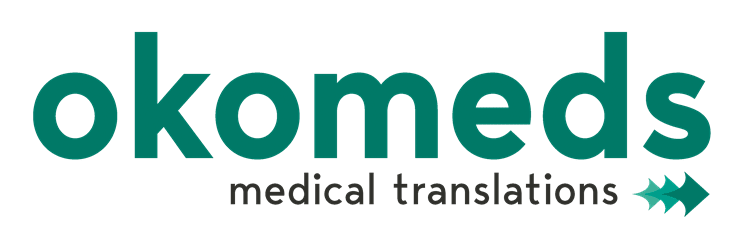
17 Jul Communication and translation on rare diseases: challenges and solutions
Rare diseases affect a small percentage of the population (between 3.5 and 5.9%). However, their impact on patients, families and healthcare systems is enormous: they have long been misunderstood, misdiagnosed and marginalised. This makes the situation difficult and poses great challenges in terms of research, diagnosis, treatment and support. However, good cooperation between specialists, especially in communication and healthcare translation on rare diseases, could work as a ray of hope for patients and their families. Like all specialities, they also present challenges that, with a lot of effort and attitude, can be overcome.
Challenges and solutions of communication and translation on rare diseases
Communication and translation can sometimes fail. However, we have to investigate the source of the problems and look for solutions. What are the challenges for good communication and translation? What could be the potential solutions?
Challenges of communication and translation
Communicating and translating information effectively is a complex task that requires in-depth knowledge of both the subject matter and the intended audience:
- Convey complex information clearly: Rare diseases are often accompanied by complicated medical terminology that can overwhelm patients and families.
- Address cultural and linguistic nuances. Translating information requires an understanding of the cultural context, beliefs about the disease and health practices.
- Balance technical accuracy with patient accessibility: Content should be scientifically sound and detailed, yet understandable to patients and their families.
- Ensure up-to-date information on new discoveries. This can be particularly difficult, especially when it is translated and disseminated in different languages.
- Manage the quality of information: The quality and reliability of information can vary significantly, given the paucity of research for some diseases.
- Accessibility: Information must also include formats that are inclusive and accessible for people with disabilities, such as visual or hearing impairments.
- Geographic disparities in available information: Patients and healthcare providers in remote or under-resourced areas often face barriers to accessing information.
- Emotional and psychological impact. The information can have a significant psychological impact on patients and families, who may feel overwhelmed or isolated upon receiving a diagnosis.
But for us there is no challenge we cannot solve:
Solutions for communication and translation
This is what needs to be done so that communication bridges the gap between patients, carers and health professionals who may be spread across the globe:
- Adopt a step-by-step approach to information: start with a brief overview, followed by progressively more detailed sections.
- Collaborate with medical translators who are familiar with the culture to ensure that the translation is not only linguistically accurate, but also culturally correct.
- Create two versions of the materials: one version with technical details for healthcare professionals and the other with direct language to explain medical concepts to patients.
- Implement a process of regular reviews to revise and update informative materials to reflect the latest research and treatment options.
- Establish rigorous source verification protocols to differentiate between well-established facts and emerging theories.
- Make materials available in accessible formats. For example, large print, Braille, audio recordings or web accessibility.
- Develop online platforms that can provide information on rare diseases to a wider audience and ensure that they are translated and localised to the needs of the local population.
- Incorporate emotional support resources, such as patient support groups and counselling and psychological care. Social networks, forums and specialised websites allow sufferers to connect with each other. That allows them to seek advice, share their struggles and create a support system.
Communication, if used well, serves as a lifeline, connecting patients with experts, fostering global collaboration, empowering patients to advocate for themselves, and driving awareness and research. Challenges, while complicated, can be overcome if all parties are involved. And one of those key parties is the medical translator.
Strategic communication and translation on rare diseases
Effective communication and medical translation of rare diseases is a team effort aimed at improving the quality and accessibility of materials and patient care. It improves research, diagnostic tools and access to treatment options, by ensuring that patients, families and healthcare professionals have access to relevant, accurate and understandable information.







Sorry, the comment form is closed at this time.